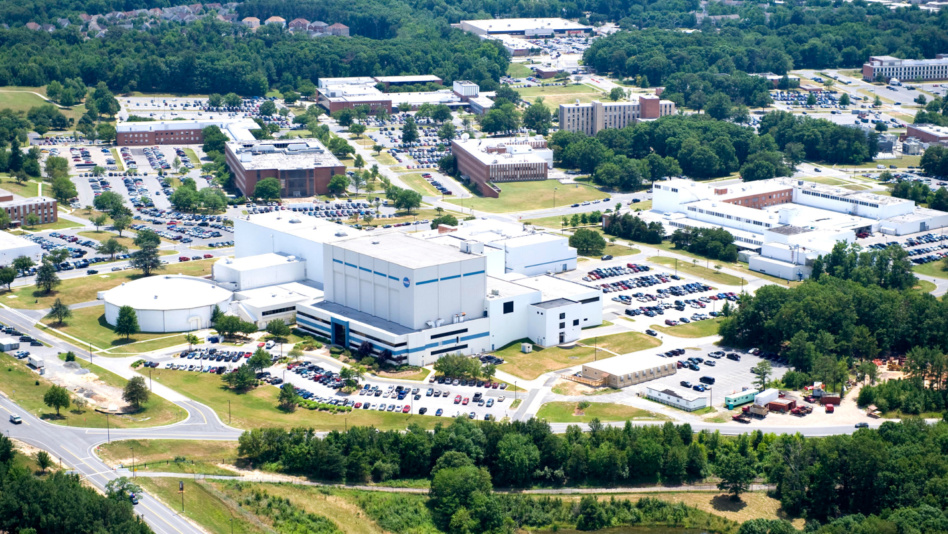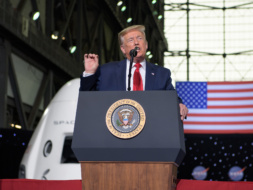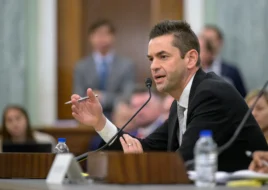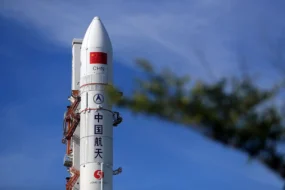NASA will begin “moving away” from Earth sciences, Acting Administrator Sean Duffy told Fox News last week—a sharp shift in the agency’s focus since it was established in 1958.
Duffy’s comments align with the Trump administration’s broader efforts to scale back science spending, and provide some explanation for why NASA has requested vastly reduced funding for Earth sciences from $2.14B in FY2024 to $1.04B for FY2026.
“All of the science that we do is going to be directed towards exploration, which is the mission of NASA,” Duffy said. “That’s why we have NASA—is to explore, not to do all of these Earth sciences.”
The law that created NASA says the first objective of its work is “[t]he expansion of human knowledge of the Earth and of phenomena in the atmosphere and space.”
Science is business, too: If Duffy’s comments reflect future NASA spending decisions, that could reduce revenue for the EO companies and satellite manufacturers that help fuel NASA Earth-focused missions, not to mention industries that look to NASA data.
“Attacking these efforts is also an attack on American industries like agriculture and fishing, which depend on the environmental data NASA provides to make key decisions,” Sen. Chris Van Hollen (D-MD), whose state is home to Goddard Space Flight Center, told Payload in a statement. “These earth science missions are vital to our American competitiveness and economy today, and to our future, which is why I’m fighting to protect them.”
Legislation Van Hollen backs would restore science funding, but unless Congress acts before the end of the fiscal year, the Trump administration has signaled it will ignore Congressional priorities.
Sizing the cuts: NASA’s Earth sciences division has awarded millions in contracts to the space industry. In 2023, it kick-started a commercial smallsat data acquisition program; it aims to “identify, assess, and acquire data from commercial providers” to supplement NASA or US agency Earth observations in a “cost-effective” way, according to the agency.
The program will last until 2028 and has a $476M ceiling over its lifetime. It supports 14 EO companies, and has so far issued $51M—with the bulk of funds going to Planet Labs, which has earned $20M under the program since its inception.
Last month, that program issued a solicitation to on-ramp potential new providers.
Someone has to build the satellites: In 2024, Goddard had an Earth sciences budget of $966.1M, and said in its year-end report that 80% of this budget went directly to US companies, academia, and non-profit institutions. Some of Goddard’s largest commercial beneficiaries include A&D primes like Peraton, Lockheed Martin, and RTX.
Goddard also said that in 2024 it awarded $819M in contracts to small businesses, though not necessarily all for Earth science projects.
Not everything: NASA’s FY 2026 budget request does support a handful of Earth science missions that will in turn lead to contracts for the commercial industry.
These investments include the NISAR, SWOT, SMAP, PACE, and GRACE-Continuity satellites, $70M to the Landsat program, $111M for Responsive Science Initiatives Research, and $51M for the Earth Sciences Technology Program.




